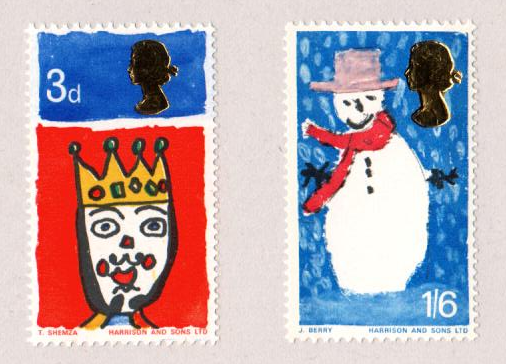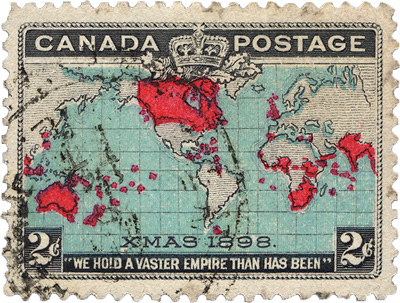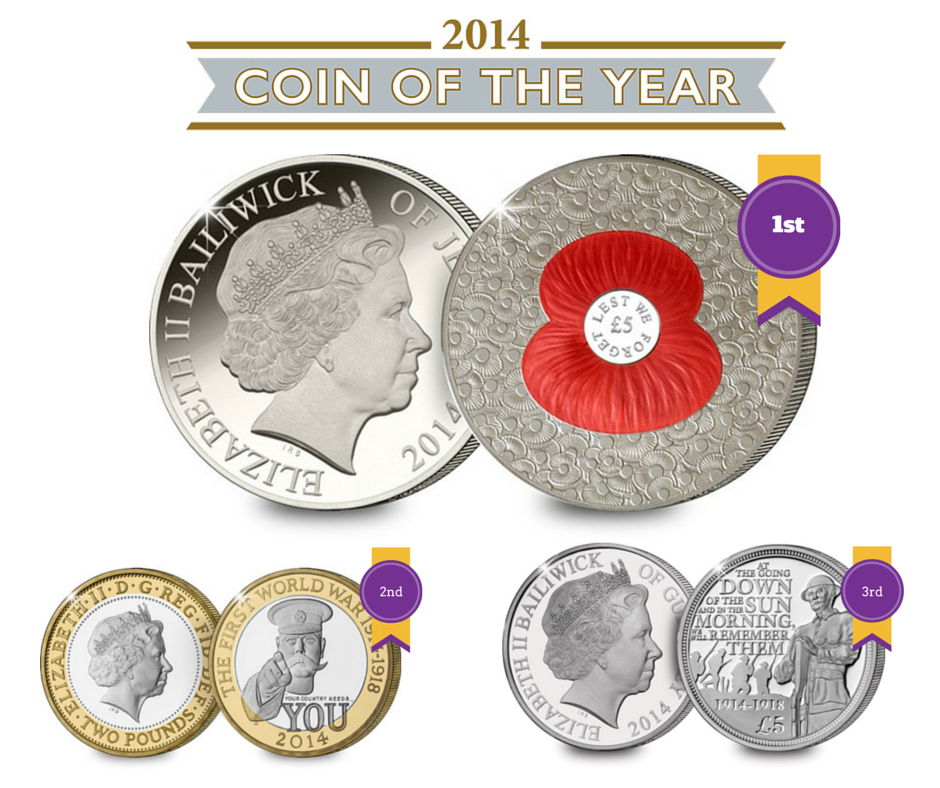As we bid farewell to a familiar face…
The Royal Mint have announced that on 2nd March, the effigy of Her Majesty the Queen on UK coinage will be replaced with a brand new fifth portrait. While we wait for the new portrait to be revealed, here’s a little more detail about the history of the current portrait that has featured on our coinage for the past 17 years…
In 1997 the Royal Mint held a competition to design the obverse of the Golden Wedding Crown. The standard of entries for the joint portrait of Queen Elizabeth II and Prince Philip was so high that it was decided it was time to explore the possibility of replacing the existing portrait by Raphael Maklouf. The winning portrait was designed by Ian Rank-Broadley FRBS and introduced in 1998.
Designed to fill the full circle of the coin, its larger size was a deli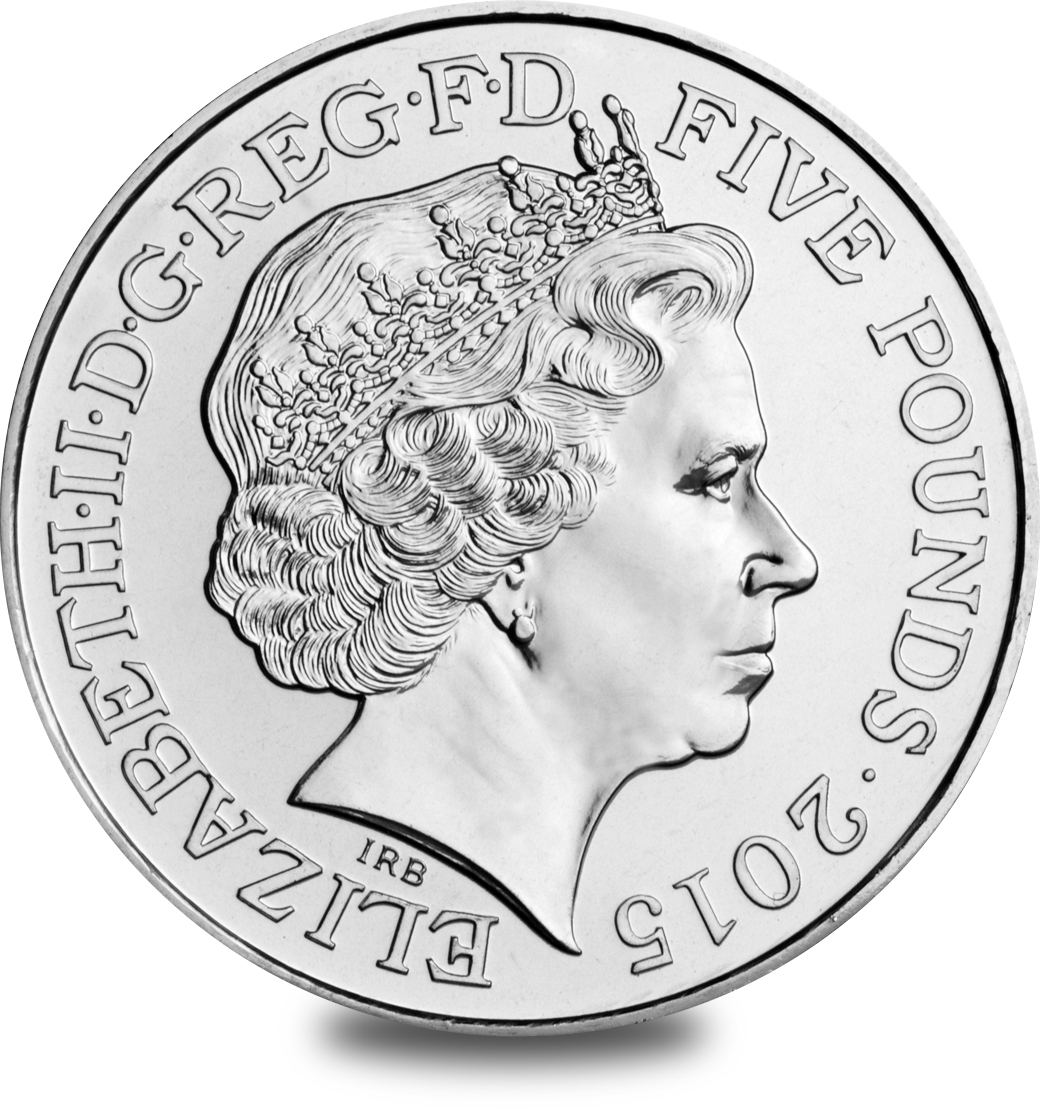 berate response to the smaller coins that had been introduced into circulation. Compared to its predecessor, the portrait is noticeably more mature. Ian Rank-Broadley FRBS felt that there was ‘no need to disguise the matureness of the Queen’s years. There is no need to flatter her. She is a 70-year-old woman with poise and bearing’.
berate response to the smaller coins that had been introduced into circulation. Compared to its predecessor, the portrait is noticeably more mature. Ian Rank-Broadley FRBS felt that there was ‘no need to disguise the matureness of the Queen’s years. There is no need to flatter her. She is a 70-year-old woman with poise and bearing’.
Since then he has designed the 2000 Queen Mother Centennial Crown, 2002 Golden Jubilee Crown, and the conjoined portrait of Queen Elizabeth II and Prince Philip on the 2007 Crown. His effigy of Her Majesty has been used on all circulating British coins since 1998.
Secure the last set of UK coins to feature the current portrait of the Queen
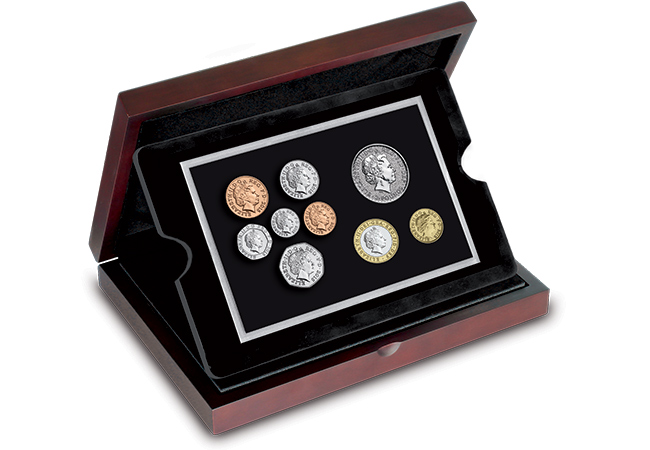 Struck by the Royal Mint to a superior Brilliant Uncirculated finish, the set features the eight 2015 UK definitive coins from the 1p to the £2, brought together with the flagship 2015 1oz pure Silver Britannia coin. Just 495 complete Queen’s Fourth Portrait Specimen Sets have been released.
Struck by the Royal Mint to a superior Brilliant Uncirculated finish, the set features the eight 2015 UK definitive coins from the 1p to the £2, brought together with the flagship 2015 1oz pure Silver Britannia coin. Just 495 complete Queen’s Fourth Portrait Specimen Sets have been released.
Presented in a luxury wooden Presentation Case and complete with its Certificate of Authenticity, this really is the ultimate way to bid farewell to a familiar face.
NOW SOLD OUT
Who issued the world’s first Christmas Stamp?
Did you know that since Royal Mail issued their first Christmas stamp in 1966, over 17 billion Christmas stamps have been printed in Britain? But as popular as they are today, Great Britain was late to the table when it came to issuing Christmas stamps. So which country can lay claim to issuing the first Christmas stamp?
The Contenders…
Canada – 1898
The first country to lay claim is Canada, which produced a stamp bearing the words ‘Xmas 1898’. But many people question whether this was really a Christmas stamp at all…
Denmark – 1904
Denmark claims it printed the first Christmas stamp in 1904 after an idea from postmaster, Einar Holboell, to add an extra stamp to the Christmas mail and the money go to help sick children. However these “stamps” were actually labels and not issued for postage.
Austria – 1937
Austria issued two stamps on 12th December 1937 for use on Christmas mail and New Year greeting cards.
Hungary – 1943
Finally, there is Hungary. Many people think the 1943 Hungarian stamps to be the first real Christmas stamps as they feature religious imagery.
The secret behind the Canadian stamp
It is fair to say however that the issue of the Canadian Christmas stamp did not really have much to do with Christmas. In fact it was a result of then Canadian Postmaster General William Mulock lobbying to standardise postage rates across the Empire at one penny.
After failing to get the new rules introduced at the 1897 Universal Postal Union, Mulock returned the following year more determined than ever, with a new proposal. This time he succeeded, and in July 1898, the Imperial Penny Postage rate was unveiled. Canada made the move to be effective on Christmas day 1898.
As a result, the stamp was officially released on 7th December 1898 bearing Mercator’s famous map with the British Empire highlighted in red, and also the words “XMAS 1898”.
So who can lay claim to issuing the first Christmas stamp?
Well despite the controversy, to me, there is only one winner – and that is Canada. Whether it was issued specifically for Christmas or not, it bears the words ‘Xmas 1898‘ and therefore I think it rightly deserves the title of first Christmas stamp.
Coin of the Year – the results!
The results are in and I can now reveal your top 3 coin designs of the year!
3rd place – The Guernsey 2014 First World War Centenary £5 Coin
2nd Place – The UK 2014 Lord Kitchener £2 Coin
And the winner….
1st Place – The Jersey 2014 ‘100 Poppies’ £5 Coin
Thanks for all your votes! The striking design and the importance of the work of the Royal British Legion combined to make the ‘100 Poppies’ coin a real stand out this year.
Now it’s time to look forward to the new issues for 2015!
If you’re interested…
We still have some stock available of the UK 2014 Lord Kitchener £2 Coin. Click here

